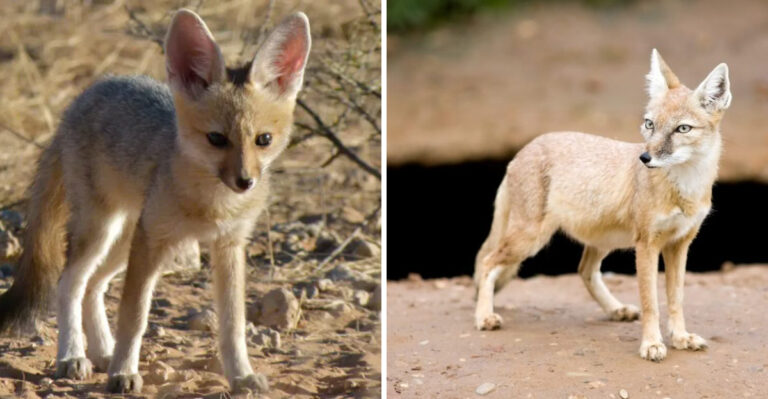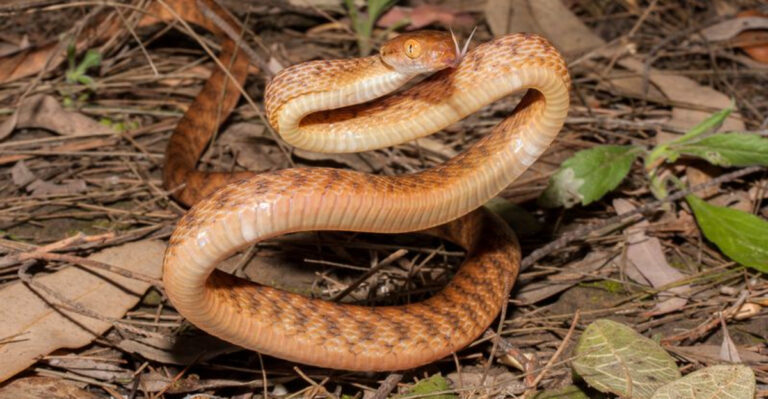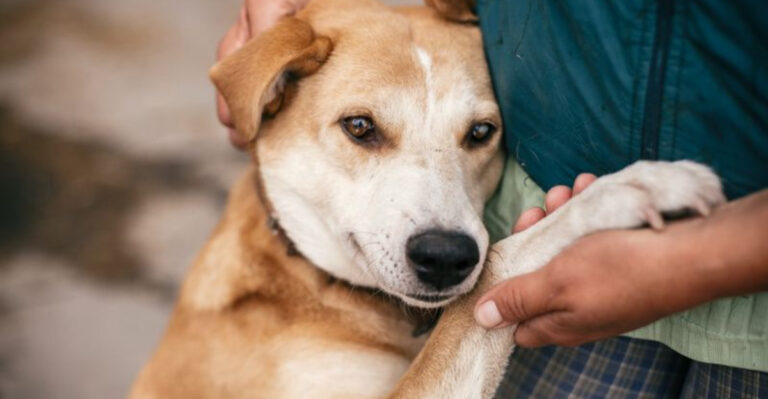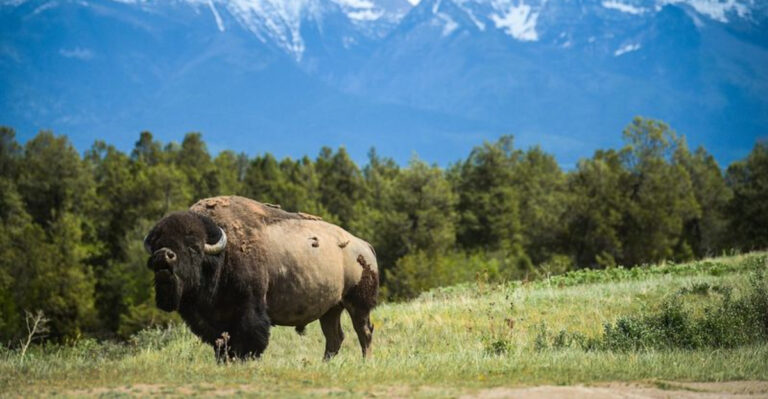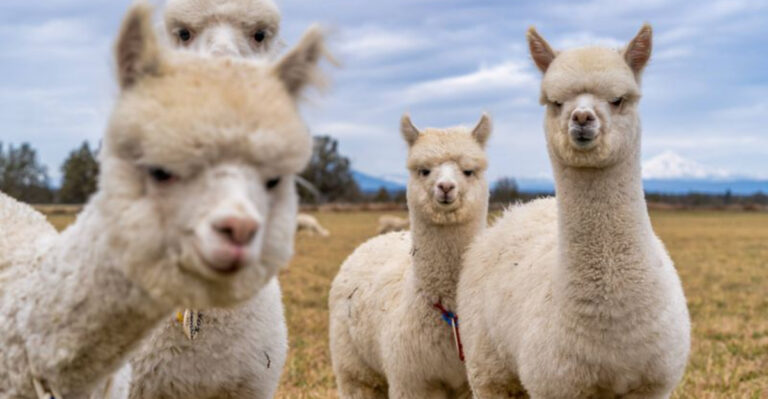15 Dog Breeds Known To Increase Stress In Owners (And How To Handle It)
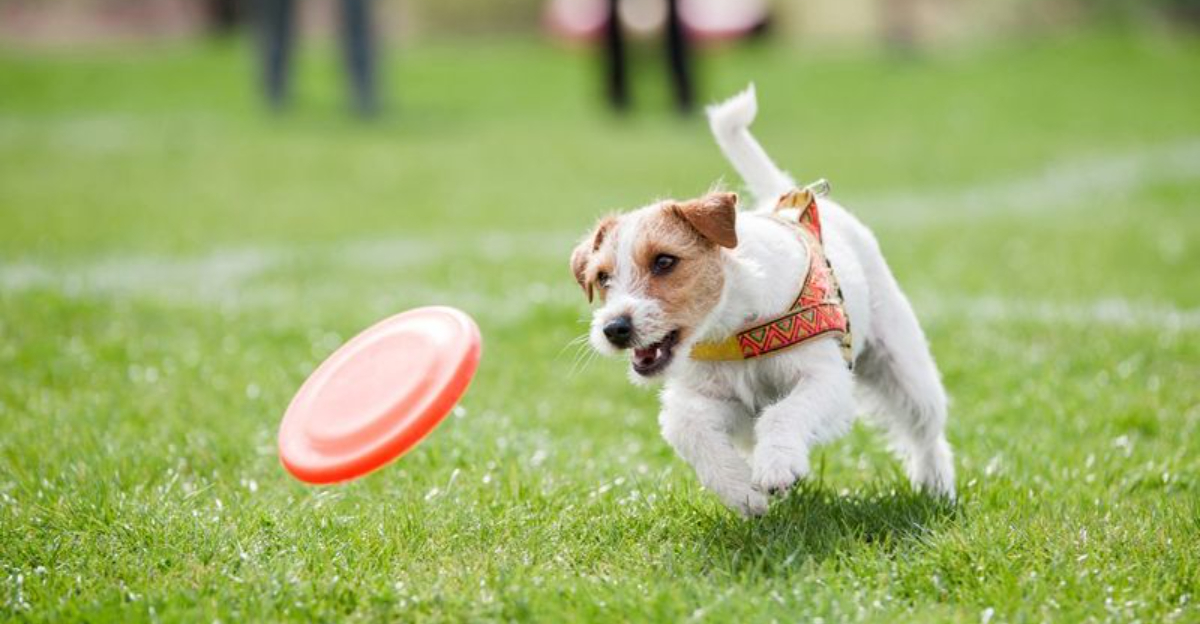
Living with a dog can bring immense joy, but some breeds come with unique challenges that might test even the most patient owners. From boundless energy to stubborn personalities, certain dogs require extra commitment and specialized care.
Understanding these breeds and having the right strategies can transform a stressful situation into a rewarding relationship with your four-legged friend.
1. Border Collie: The Workaholic Who Never Clocks Out
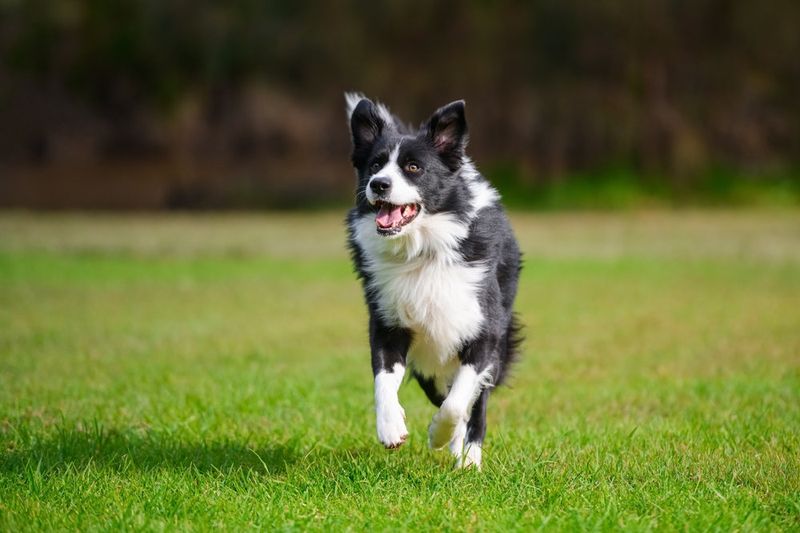
Imagine having a furry Einstein who gets bored faster than a toddler at a tax seminar. These canine geniuses need constant mental stimulation, or they’ll redesign your living room.
Try puzzle toys, agility training, or teaching new tricks daily. Even 15-minute training sessions twice daily can prevent destructive behaviors. Remember: a tired Border Collie is a happy Border Collie!
2. Siberian Husky: The Escape Artist With Wanderlust
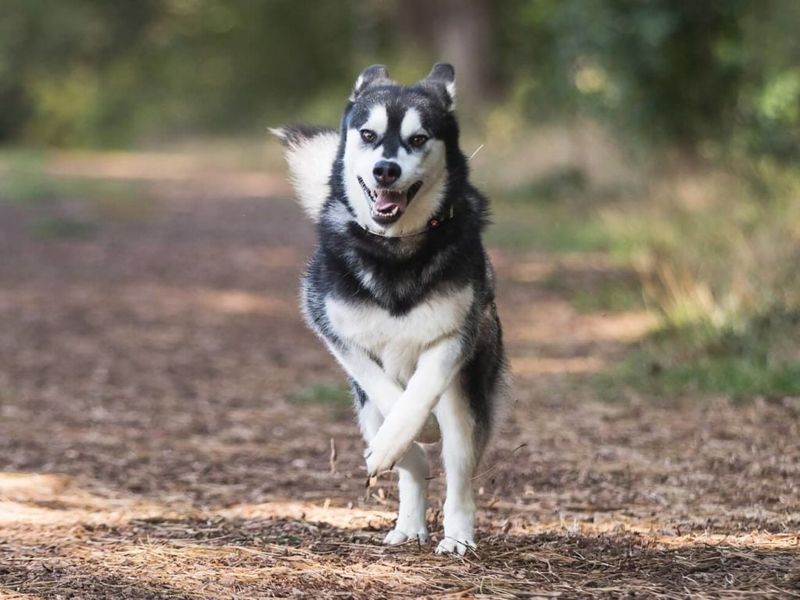
These striking snow dogs could teach Houdini a thing or two about breaking free. With their wolf-like independence and mischievous gleam, Huskies view fences as mere suggestions rather than boundaries.
Secure your yard with dig-proof fencing extending underground. Daily runs or bikejoring can satisfy their exercise needs. Consider GPS trackers for peace of mind – they’re notorious for following their nose for miles!
3. Jack Russell Terrier: The Tiny Tornado

Pound for pound, these little firecrackers pack more energy than most dogs triple their size. A bored Jack Russell can turn your home into a demolition zone faster than you can say “sit.”
Channel their hunting instincts with flirt poles or supervised digging boxes. Earth dog trials or barn hunt competitions provide perfect outlets. Remember that mental exhaustion is just as important as physical – teach them to identify toys by name!
4. Beagle: The Nose With Paws Attached

When your Beagle’s nose hits an interesting scent, it’s like their ears suddenly stop working. These cheerful hounds were bred to follow trails for miles, completely ignoring your increasingly desperate calls.
Use high-value treats during recall training. Scent work classes provide perfect mental stimulation while honoring their natural abilities. Consider long-lines for walks in unfenced areas – once they catch a smell, the neighborhood squirrels become priority number one!
5. Belgian Malinois: The Military-Grade Athlete
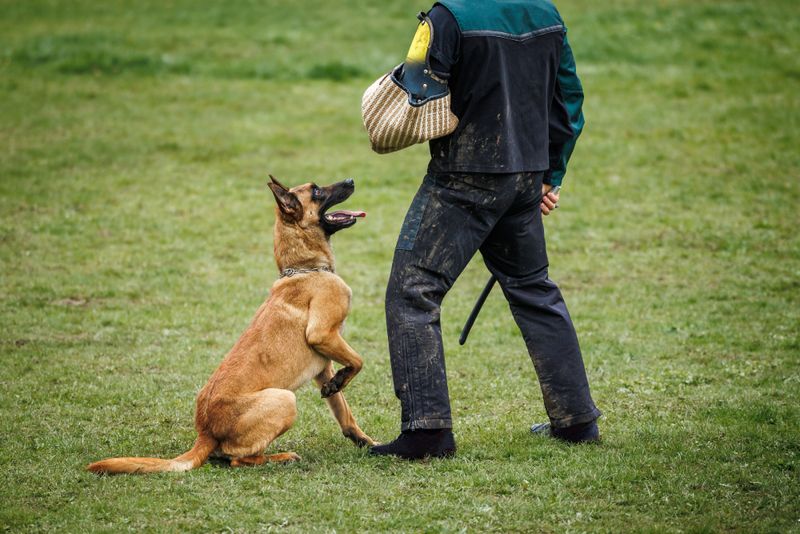
Picture a German Shepherd with the intensity dial cranked to eleven. These elite working dogs need a mission in life, not just a cozy spot on your couch.
Without proper outlets, their intelligence becomes weaponized against your furniture. Enroll in protection sports like Schutzhund or French Ring. Create structured daily routines with jobs around the house – carrying backpacks, retrieving items, or learning advanced tricks satisfies their work ethic.
6. Akita: The Dignified Guardian With Trust Issues
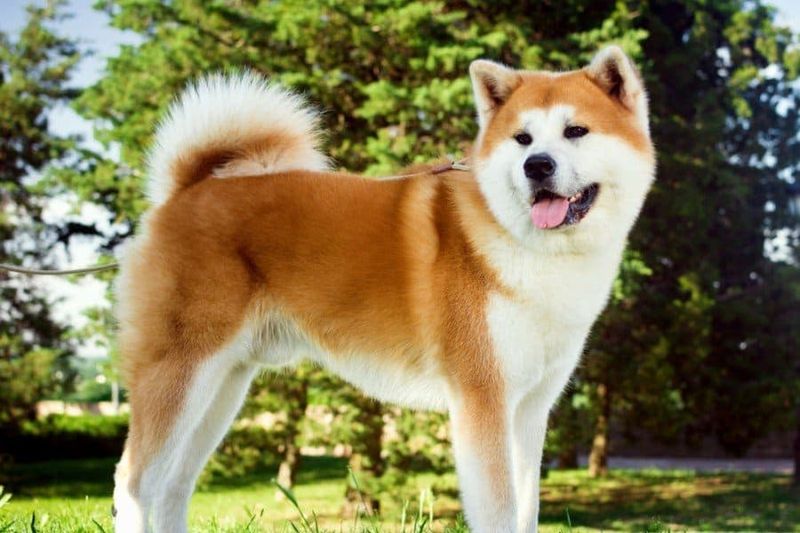
Strong-willed and naturally suspicious, these ancient Japanese guardians don’t hand out friendship bracelets to every person or dog they meet. Their aloof nature and protective instincts require careful management in public settings.
Early socialization is non-negotiable. Invest in force-free training methods that build trust rather than dominance. Create quiet spaces at home where they can retreat when guests visit – Akitas appreciate having choices and respecting their boundaries prevents stress-related reactions.
7. Weimaraner: The Velcro Dog With Separation Anxiety
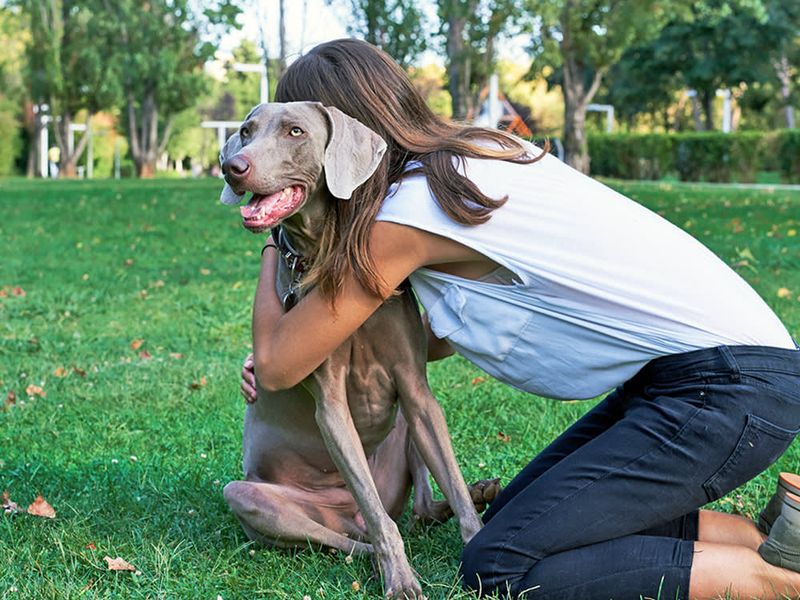
Known as “shadow dogs,” these striking silver athletes form such intense bonds with their people that bathroom privacy becomes a distant memory. Leave them alone unprepared and your couch may pay the ultimate price.
Practice gradual separation training starting with seconds, not hours. Crate training provides security when done positively. Doggy daycare or dog walkers help for long workdays – these elegant hunters need both physical exercise and emotional security to thrive.
8. Cane Corso: The Gentle Giant With Guarding Instincts
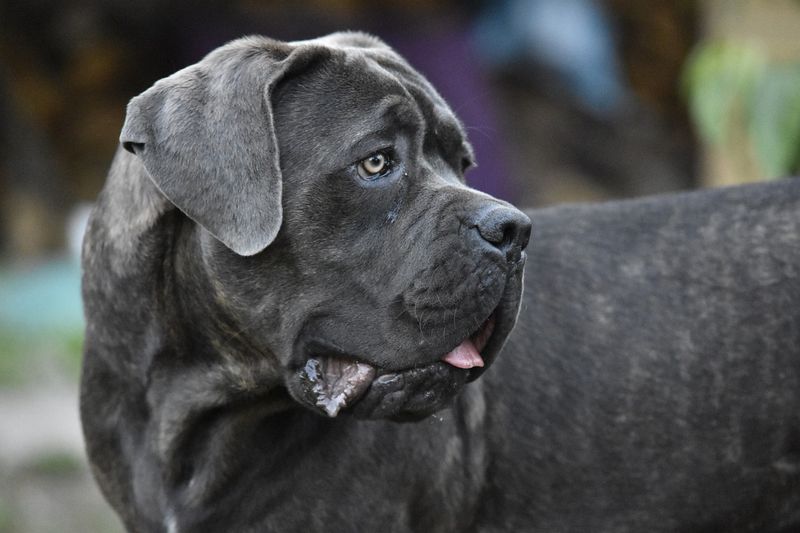
Behind those soulful eyes lies an ancient Roman guardian who takes home security very seriously. Weighing up to 120 pounds with protective instincts to match, these mastiffs require an experienced, confident owner.
Establish clear boundaries with consistent training from puppyhood. Socialize extensively while maintaining control – a poorly socialized Corso can become fearful and reactive. Balance their protective nature with positive experiences around strangers and other dogs through controlled, positive interactions.
9. Australian Cattle Dog: The Workaholic With Nipping Tendencies
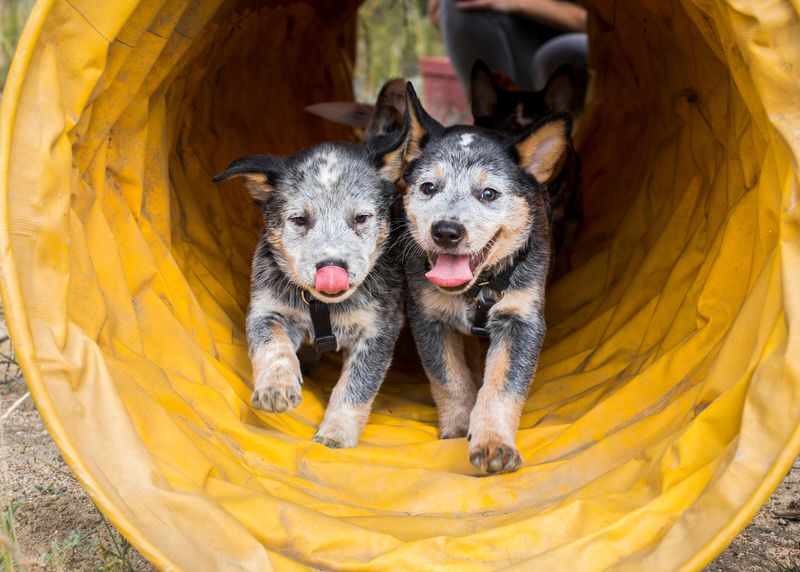
Evolved to control stubborn cattle by nipping at heels, these blue or red speckled herders might apply the same technique to running children or speeding bicycles. Their work ethic outpaces most humans by breakfast.
Redirect herding behaviors to appropriate outlets like treibball (urban herding). Teach “leave it” commands early and consistently. Provide jobs around the house – fetching specific items, learning object names, or advanced obedience gives their brilliant minds constructive focus instead of creating their own entertainment.
10. Chow Chow: The Feline-Like Canine With Attitude
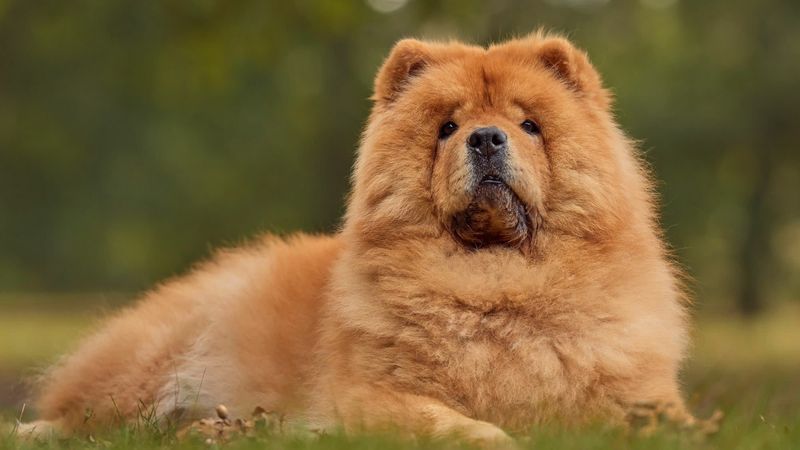
With their lion-like manes and cat-like independence, these ancient Chinese dogs practically invented the concept of personal space. Their aloof, sometimes stubborn nature can frustrate owners expecting golden retriever enthusiasm.
Respect their dignity during training – harsh methods backfire spectacularly. Use positive reinforcement with high-value rewards. Early socialization prevents suspicion of strangers, though they’ll always prefer their chosen people. Regular grooming sessions from puppyhood prevents their thick double coats from becoming uncomfortable mats.
11. Dalmatian: The High-Stamina Spotted Athlete
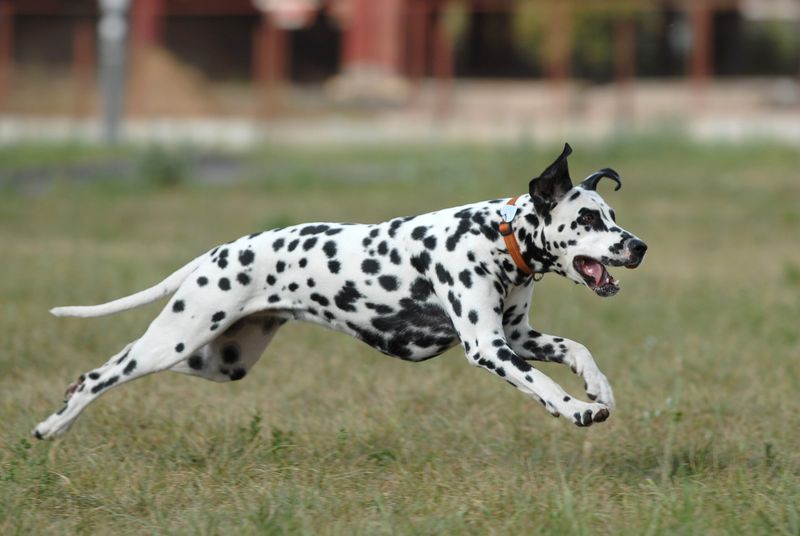
Far from being just Disney characters, these historic carriage dogs were bred to run alongside horses for hours. Without sufficient exercise, their boundless energy transforms into destructive behaviors faster than you can count their spots.
Jogging, hiking, or biking together satisfies their athletic needs. Canine sports like agility or flyball provide perfect outlets. Their sensitive nature requires positive training methods – harsh corrections damage their trust and can create anxiety-based behaviors.
12. Shiba Inu: The Drama Queen With Attitude
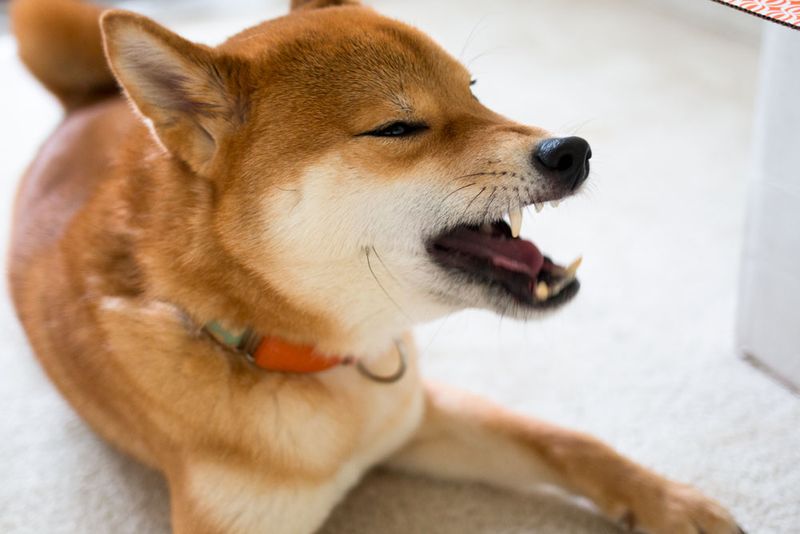
Famous for their “Shiba scream” when displeased, these fox-like Japanese dogs invented sass before it was trendy. Their cat-like cleanliness and independence come with a stubborn streak a mile wide.
Consistency is crucial – they’re masters at testing boundaries. Use positive reinforcement with patience, as they respond poorly to force. Their strong prey drive means secure leashes are non-negotiable on walks. The Shiba’s primitive nature requires owners who appreciate their unique personality rather than trying to change it.
13. Dachshund: The Stubborn Digger With Back Problems
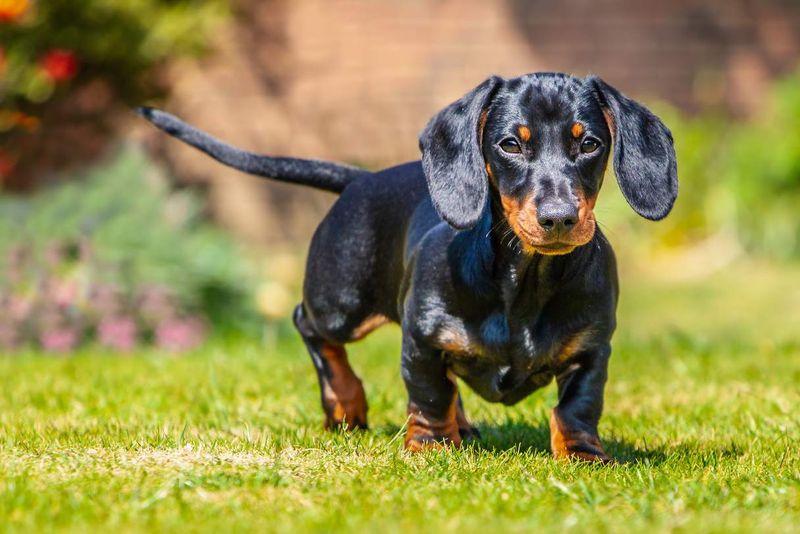
These determined little sausages were bred to hunt badgers underground, resulting in a surprising amount of tenacity packed into a long, vulnerable spine. Their hunting instincts make them surprisingly vocal and sometimes challenging to fully housetrain.
Protect their backs by preventing jumping from furniture. Use ramps for beds and couches. Their stubborn streak requires patient, consistent training – they respond well to food motivation but may selectively ignore commands when something more interesting catches their attention.
14. Chihuahua: The Tiny Dog With Giant Personality

Don’t let their size fool you – these pint-sized pups often believe they’re actually 100-pound guard dogs. Without proper socialization, their natural wariness can escalate to excessive barking or even nipping at strangers.
Avoid reinforcing fearful behavior by not constantly carrying them. Socialize early with positive experiences around various people. Their small bladders require consistent housetraining schedules. Despite their size, they need real training – “small dog syndrome” develops when rules aren’t consistently enforced.
15. Alaskan Malamute: The Power-Pulling Snow Machine
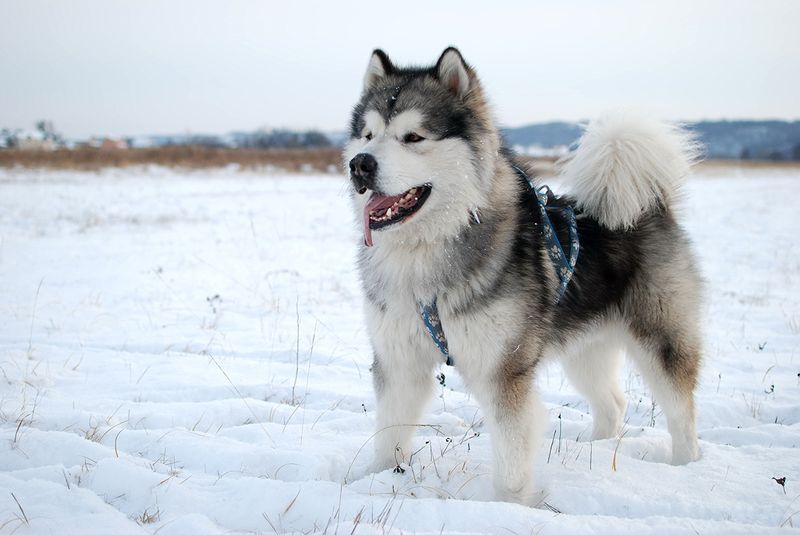
Bred to haul heavy loads across Arctic terrain, these powerful northern dogs view leash training as optional. Their independent thinking and massive strength can overwhelm unprepared owners during walks.
Invest in proper walking equipment like front-clip harnesses. Begin leash training early with consistency. Their thick double coats require regular brushing to manage seasonal blowing – prepare for fur tumbleweeds throughout your home twice yearly. Provide appropriate outlets for their pulling instinct through weight pulling or sledding activities.

